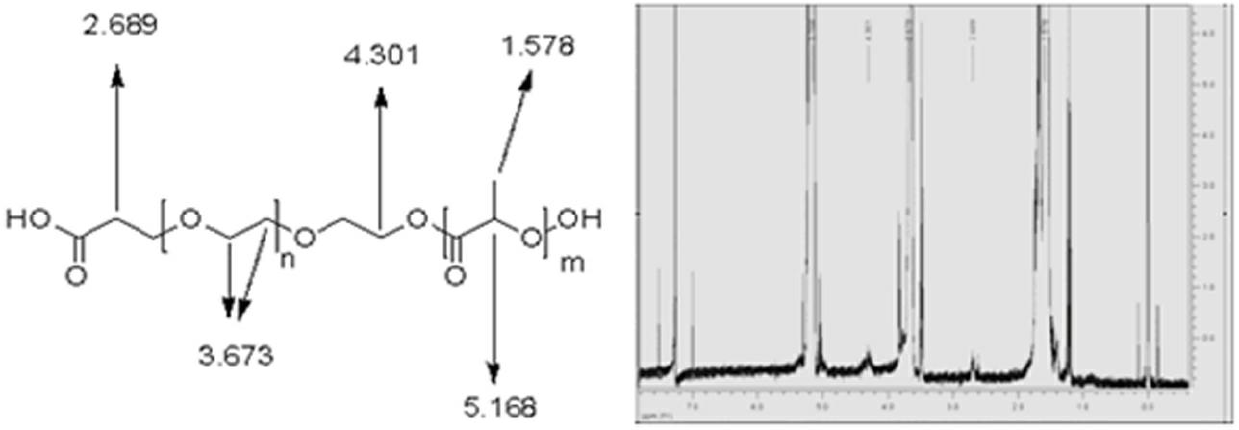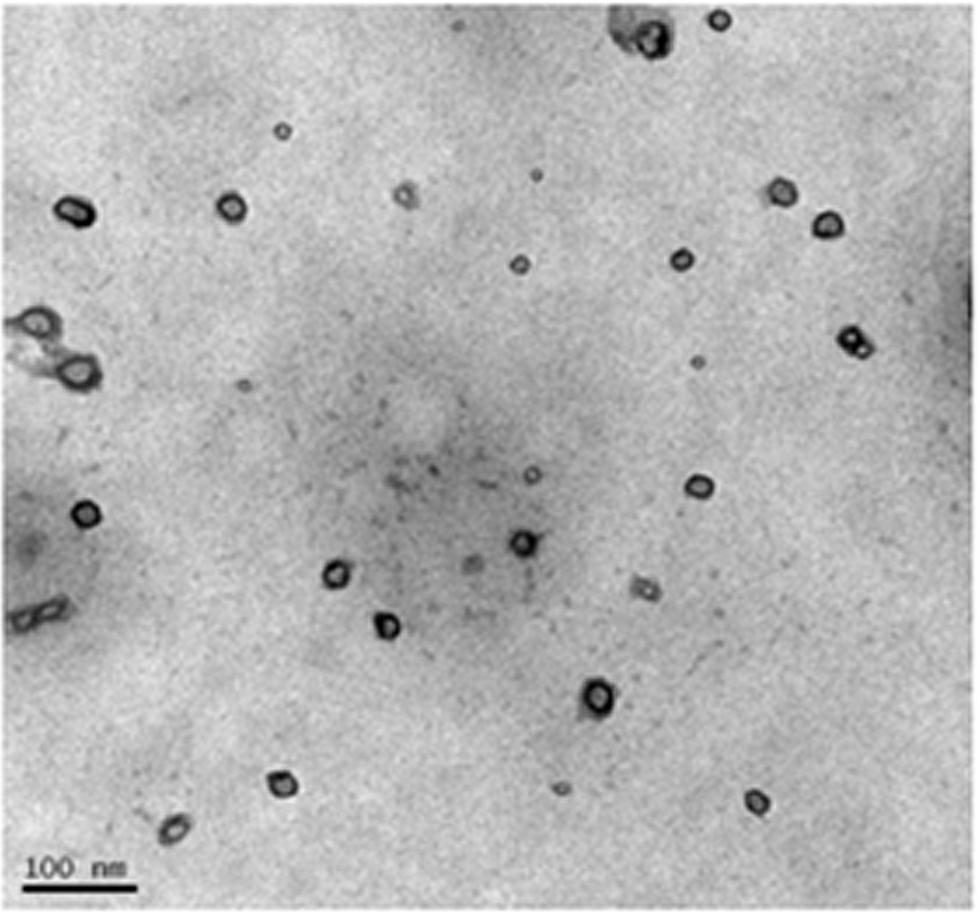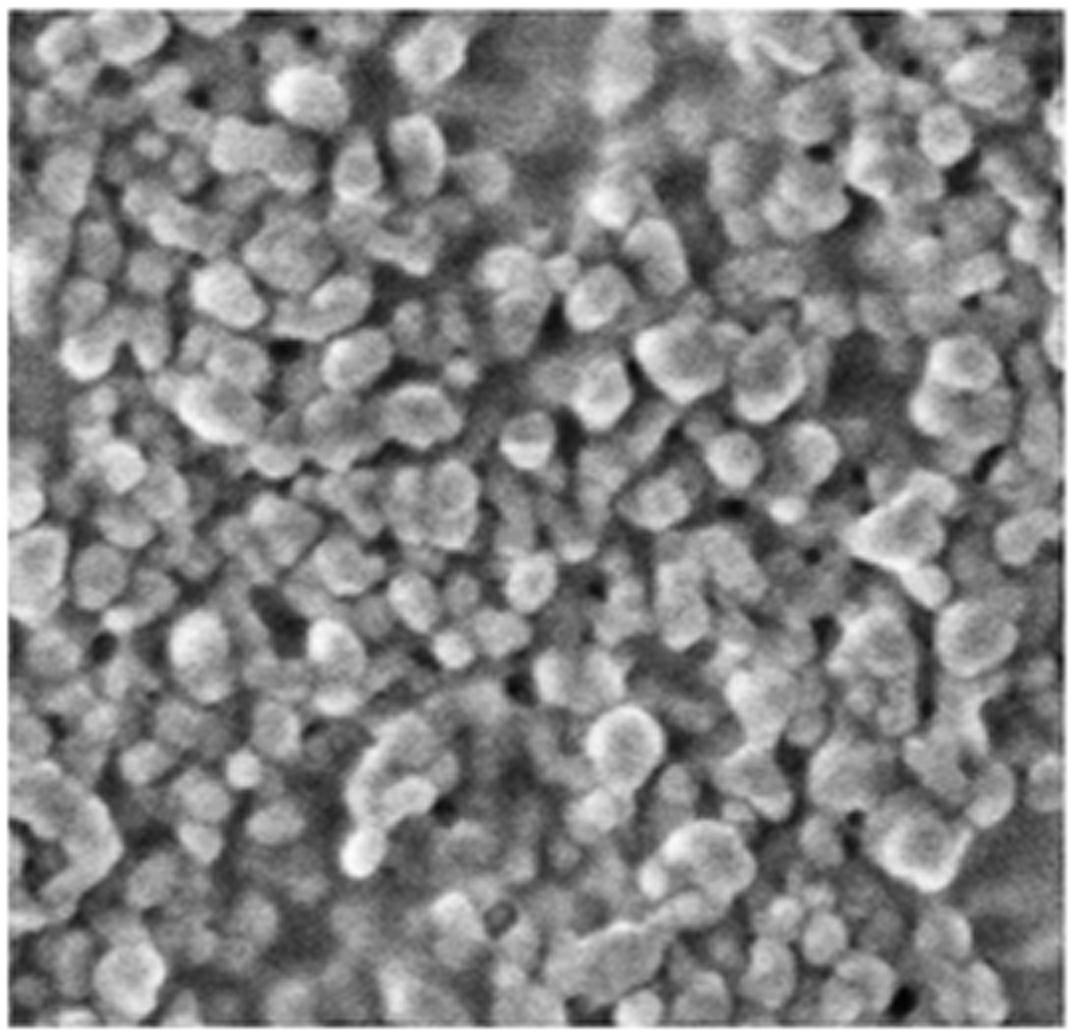Use of strychnine immune nanoparticles for preparing anti-liver cancer targeted drugs
A strychnine and nanoparticle technology, which can be used in anti-tumor drugs, drug combinations, and non-active ingredients medical preparations, etc., can solve the problems of strong toxic and side effects, large drug doses, etc., achieve stable drug release, and reduce toxicity. good effect, anti-cancer effect
- Summary
- Abstract
- Description
- Claims
- Application Information
AI Technical Summary
Problems solved by technology
Method used
Image
Examples
Embodiment 1
[0041] Preparation method of anti-human AFP McAb-polyethylene glycol-polylactic acid block copolymer strychnine immune nanoparticle
[0042] The raw material formula is as follows:
[0043]
[0044] Among them, the polymer material (PLA-PEG-CH2-CH2-COOH) is a carboxylated polyethylene formed by copolymerization of carboxylated polyethylene glycol and polylactic acid in a weight ratio of 1:1.5~3 (preferably 1.5:2.5). Diol-polylactic acid block copolymer; its general formula is PLA-PEG-CH2-CH2-COOH, its molecular weight ranges from 40-50kD, and its structural fragments and 1 The H-NMR spectra are as figure 1 Shown.
[0045] Mix the above-mentioned oil phase and water phase, disperse with a high-shear homogenizer, shear for 5 minutes at 12000 rpm to obtain a dispersion, and then continue to emulsify the dispersion under ultrasonic conditions of 300w power, ultrasonic 5 times, each 30s, Get the first lotion. Pour the initial emulsion into the diluent of the prescription, stir while add...
Embodiment 2
[0049] In vitro drug release test of anti-human AFP McAb-polyethylene glycol-polylactic acid block copolymer strychnine immunonanoparticles
[0050] Precisely pipette 2.0ml of strychnine immune nanoparticle concentrate, place it in a dialysis bag with a molecular weight cut-off of 3,000 Daltons, tie both ends tightly, operate 3 copies in parallel, and put them into 50ml pH7.4 PBS medium In vitro release was carried out at 37°C and 100rpm rotation speed. 4ml was sampled at 0.5, 1, 2, 4, 8, 12, 16, 18, 24, 36, and 48h after the release, and 4ml was refilled. The sample was at a wavelength of 263nm Measure the UV absorption value, calculate the concentration of Bru (brimine) in the release medium and the cumulative release percentage.
[0051] Separately prepare a Bru-PBS solution with a concentration of 0.427mg / ml, accurately pipette 2.0ml of the solution, place it in a dialysis bag with a molecular weight cut-off of 3,000 Daltons, tighten the two ends, operate 3 copies in parallel, ...
Embodiment 3
[0054] Targeting determination of anti-human AFP McAb-polyethylene glycol-polylactic acid block copolymer strychnine immunonanoparticles
[0055] Incubate the anti-human AFP McAb brucine immunonanoparticles with liver cancer cell SMMC-7721 for 4 hours, wash the cells with 0.01M PBS 3 times; add FITC-labeled secondary antibody, continue to incubate for 2 hours, and wash 3 times with PBS; Observe under a confocal microscope with complementary immunofluorescence method. A 200-fold confocal microscope showed that strychnine immunonanoparticles were more evenly distributed near the liver cancer cell membrane, showing an approximate "finger ring" shape, showing good targeting, such as Figure 5 Shown (photo under confocal microscope × 200 times).
PUM
| Property | Measurement | Unit |
|---|---|---|
| particle diameter | aaaaa | aaaaa |
Abstract
Description
Claims
Application Information
 Login to View More
Login to View More - R&D
- Intellectual Property
- Life Sciences
- Materials
- Tech Scout
- Unparalleled Data Quality
- Higher Quality Content
- 60% Fewer Hallucinations
Browse by: Latest US Patents, China's latest patents, Technical Efficacy Thesaurus, Application Domain, Technology Topic, Popular Technical Reports.
© 2025 PatSnap. All rights reserved.Legal|Privacy policy|Modern Slavery Act Transparency Statement|Sitemap|About US| Contact US: help@patsnap.com



